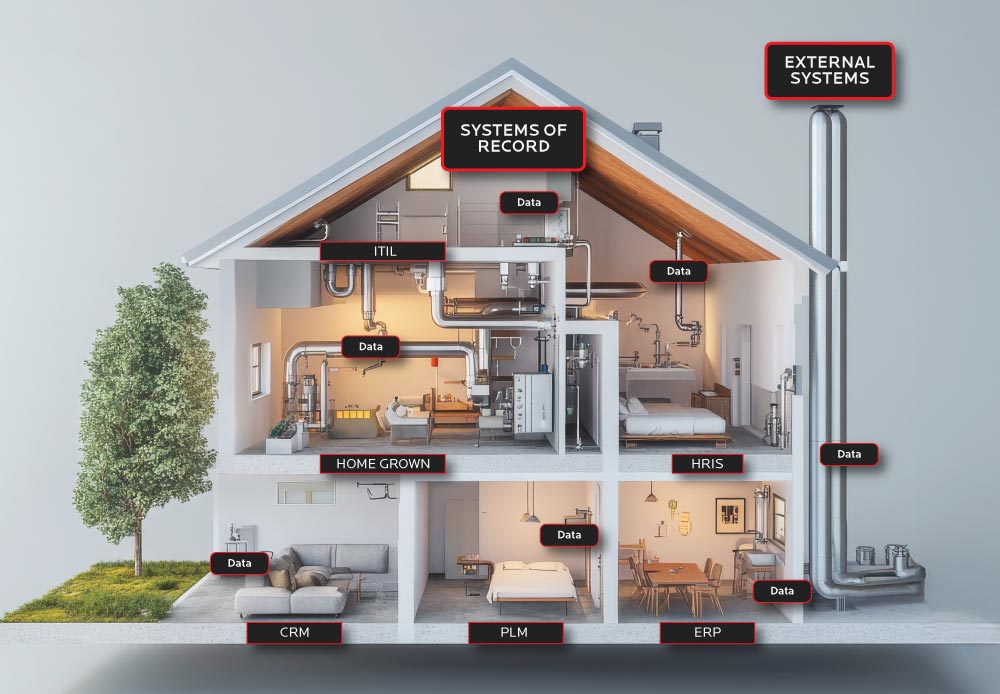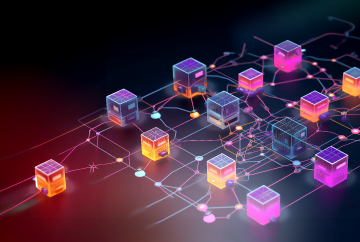Siloed systems spoke different languages and integration solutions mediated the communication like a message exchange.
If you wanted to future-proof your integration solution, you created a service bus and a new integration use case could be on-boarded with minimum change.
Building service bus was an organization-wide initiative and needed a significant commitment from customers, both time-wise and money-wise.
If you needed a low-key future-proofing solution, you could go with a simple pub-sub queuing approach.
After cloud computing, you must've noticed that things are not that straightforward anymore, systems of record are reinvented as SaaS services that have baked-in standard messaging interfaces which are very easy to consume and do not require mediation.
Even queuing systems are now cloud-hosted and come with a standard easy-to-use REST interface. All these SaaS services, now, can talk to each other without an integration platform and custom integration solution.
So, is this the end of application integration?
Not quite! Application integration is pretty much alive; the tricky part is to know when to use it.
Birlasoft Enterprise Integration Services
Seamless Integration. Unifying Possibilities
Don’t Integrate for the Sake of Integration
Integration platforms and solutions should never be applied indiscriminately. For instance, if Salesforce needs to call an address validation SaaS service, let it do so directly. Adding an integration layer in such cases adds unnecessary complexity, cost, and latency.








